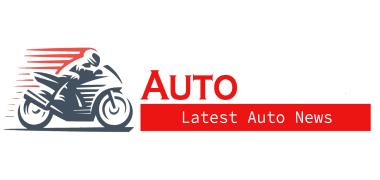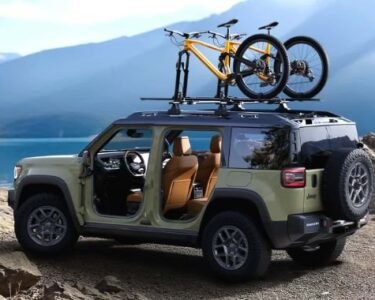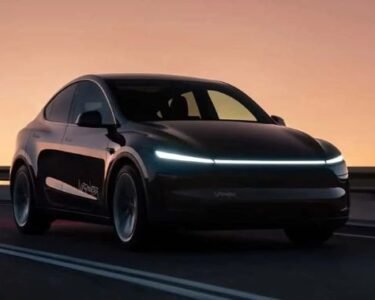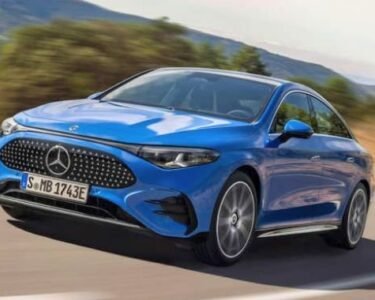Hyundai and Kia drivers now have access to Tesla’s massive Supercharger network, but experts say it may not be the best option for those who want the fastest possible charging speeds. Despite the convenience and wide availability of Tesla chargers, the latest Hyundai and Kia EVs — including the Ioniq 5, Ioniq 6, Ioniq 9, EV6 and EV9 — charge significantly slower on Superchargers compared to other fast-charging networks.
Many owners are confused by the situation, especially since new Hyundai and Kia models now come equipped with the Tesla-style NACS charging port. But real-world testing shows that these vehicles often reach only 97 to 126 kW at Tesla stations, far below the 200 to 260 kW speeds these EVs can achieve on compatible high-voltage chargers from EVgo, Electrify America and other networks.
Why Hyundai and Kia EVs Charge Slower at Tesla Superchargers
The issue comes down to charging voltage. Hyundai and Kia’s E-GMP platform runs on 800-volt architecture, which enables ultra-fast charging. Tesla Superchargers, however, typically operate at 500 volts, forcing Hyundai and Kia vehicles to use a voltage booster that reduces the maximum charging speed.
As a result, while a Tesla might charge at 250 kW, a Hyundai or Kia EV will not get anywhere near that number at the same charger.
Real-World Charging Differences
Hyundai Ioniq 5 (84 kWh battery)
10 to 80 percent in 20 minutes on 800V chargers
10 to 80 percent in 30 minutes on Tesla Superchargers
Hyundai Ioniq 9
10 to 80 percent in 24 minutes using high-voltage chargers
Around 40 minutes on Tesla Superchargers
Kia EV6
Many owners report speeds stuck around 97 to 120 kW at Tesla stations
This may not bother drivers stopping briefly for a top-up, but for those on long trips — or rideshare drivers who fast-charge daily — choosing the right charger can save a significant amount of time.
Best Chargers for Hyundai and Kia EV Owners
To unlock full charging potential, drivers should look for:
• Electrify America 350 kW chargers
• EVgo High-Power chargers
• Other 800V-capable stations
• IONNA charging stations as they roll out
• Tesla V4 Superchargers (compatible with high-voltage vehicles, still rolling out)
Owners using newer NACS-port models may need a CCS-to-NACS adapter depending on the station, which adds another layer of confusion during this transition period.
Hyundai and Kia EVs can use Tesla Superchargers, but they won’t get the fastest speeds there. Choosing an 800V-capable charger can cut charging time nearly in half, especially when charging from 10 to 80 percent.
For daily use this difference may be small, but for long drives — or for drivers who rely heavily on fast charging — it can make a big impact on time and convenience.






